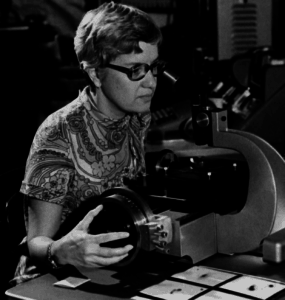Vera Rubin, from Philadelphia, helped find powerful evidence of dark matter by discovering galaxies don’t quite rotate in the way they were predicted. Sadly died aged 88, her son said on Monday.
She died on Sunday evening (25.12.16) of natural causes, Allan Rubin told the Associated Press. The professor of geosciences at Princeton University said his mother, a Philadelphia native, had been living in the Princeton area.
Vera Rubin found that galaxies don’t quite rotate the way they were predicted, and that lent support to the theory that some other force was at work, namely dark matter.
Dark matter, which hasn’t been directly observed, makes up 27% of the universe – as opposed to 5% of the universe being normal observable matter. Scientists better understand what dark matter is not rather than what it is.
Rubin’s scientific achievements earned her numerous honours, including becoming the second female astronomer to be elected to the National Academy of Sciences. She also received the National Medal of Science from President Bill Clinton in 1993 ‘for her pioneering research programs in observational cosmology’.
Her interest in astronomy began as a young girl and grew with the involvement of her father, Philip Cooper, an electrical engineer who helped her build a telescope and took her to meetings of amateur astronomers.
Rubin earned her doctorate from Georgetown University, where she was later employed as a faculty member for several years before working at the Carnegie Institution in Washington, a nonprofit scientific research centre.
During her career, Rubin examined more than 200 galaxies.

